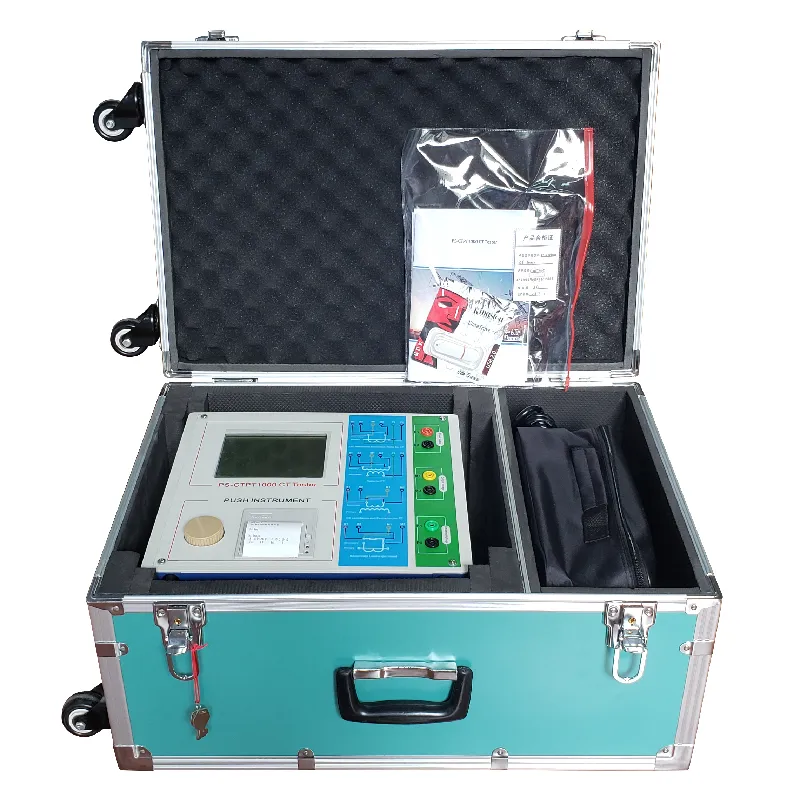 English
English


Potentiometric Analysis of Strong Acid and Strong Base Titration Techniques and Methods
Potentiometric Titration of Strong Acid and Strong Base
Potentiometric titration is a sophisticated analytical technique used to determine the concentration of an unknown solution by measuring the potential difference (voltage) between two electrodes as a titrant is added. In the case of strong acids and strong bases, this method is particularly advantageous due to the sharp changes in pH that occur at the equivalence point.
In a typical experiment, a strong acid, such as hydrochloric acid (HCl), is titrated with a strong base, like sodium hydroxide (NaOH). A pH meter, equipped with a glass electrode, continuously measures the pH of the solution as the titrant is added. Initially, the solution is highly acidic, resulting in a low pH. As NaOH is introduced, it reacts with HCl to form water and sodium chloride, leading to an increase in pH.
The crucial phase of potentiometric titration occurs near the equivalence point, where the moles of HCl equal those of NaOH. At this juncture, the pH rises dramatically, typically moving from acidic to slightly basic. This sharp transition allows for a precise determination of the endpoint. The equivalence point can be identified by plotting the measured pH against the volume of titrant added, resulting in a sigmoidal curve. The midpoint of the steep slope on this curve indicates the endpoint of the titration.
potentiometric titration of strong acid and strong base

One of the significant advantages of using potentiometric titration over traditional visual indicators is the elimination of subjective interpretation. Visual indicators can sometimes lead to ambiguity, particularly in solutions with intense colors. In contrast, the potentiometric approach offers a quantitative and reproducible method for determining the endpoint.
Moreover, the ability to obtain a continuous reading of the pH allows for the analysis of complex mixtures and the identification of multiple endpoints if necessary. This method is not only applicable to strong acid-strong base titrations but also extends to weak acids and bases, making it versatile in various analytical contexts.
In conclusion, potentiometric titration of strong acids and strong bases serves as a reliable and precise technique in analytical chemistry. Its ability to deliver accurate endpoint detection and reproducible results makes it a preferred method for titration, particularly in educational and research settings where precision is paramount.
-
Differences between open cup flash point tester and closed cup flash point testerNewsOct.31,2024
-
The Reliable Load Tap ChangerNewsOct.23,2024
-
The Essential Guide to Hipot TestersNewsOct.23,2024
-
The Digital Insulation TesterNewsOct.23,2024
-
The Best Earth Loop Impedance Tester for SaleNewsOct.23,2024
-
Tan Delta Tester--The Essential Tool for Electrical Insulation TestingNewsOct.23,2024





